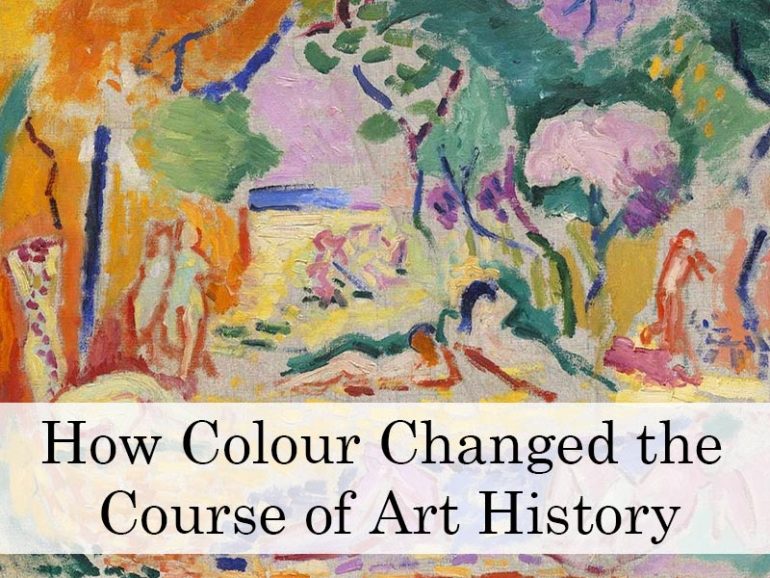Colour is one of the most powerful elements in art, influencing how we perceive and connect with a work. From the earthy tones of prehistoric cave paintings to the bold palettes of modern abstraction, the use of colour has evolved alongside artistic movements and technological advancements. But how did artists throughout history use colour to shape their works, and how has it transformed art itself?
The Early Days of Colour
In prehistoric times, artists relied on natural pigments like charcoal, red ochre, and yellow clay to create their images. The vibrant reds and blacks in the Lascaux Cave Paintings (c. 17,000 BCE) not only depicted animals but also carried symbolic and spiritual meanings.
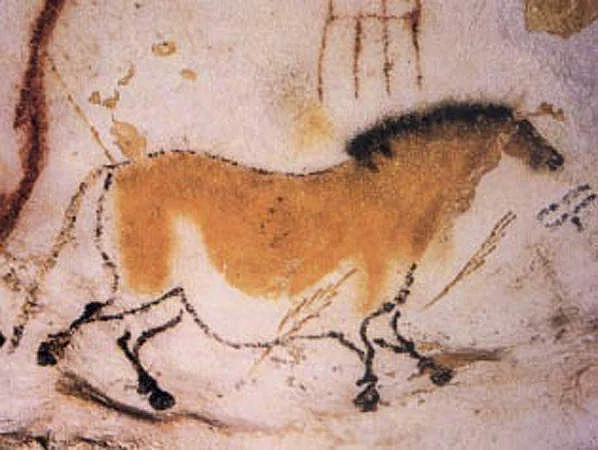
Ancient Egyptians expanded the use of colour, associating hues with specific ideas. Blue symbolised the Nile and fertility, while gold represented the divine. These colours were applied to tombs, like the richly adorned Tomb of Tutankhamun (c. 1323 BCE), to guide the dead to the afterlife.

The Renaissance: Mastering Colour
The Renaissance saw a scientific approach to colour, with artists like Leonardo da Vinci and Titian studying how light interacts with surfaces. Leonardo’s The Last Supper (1495–1498) uses colour to guide the viewer’s attention, while Titian’s lush reds and golds in Assumption of the Virgin (1516–1518) evoke divine drama.
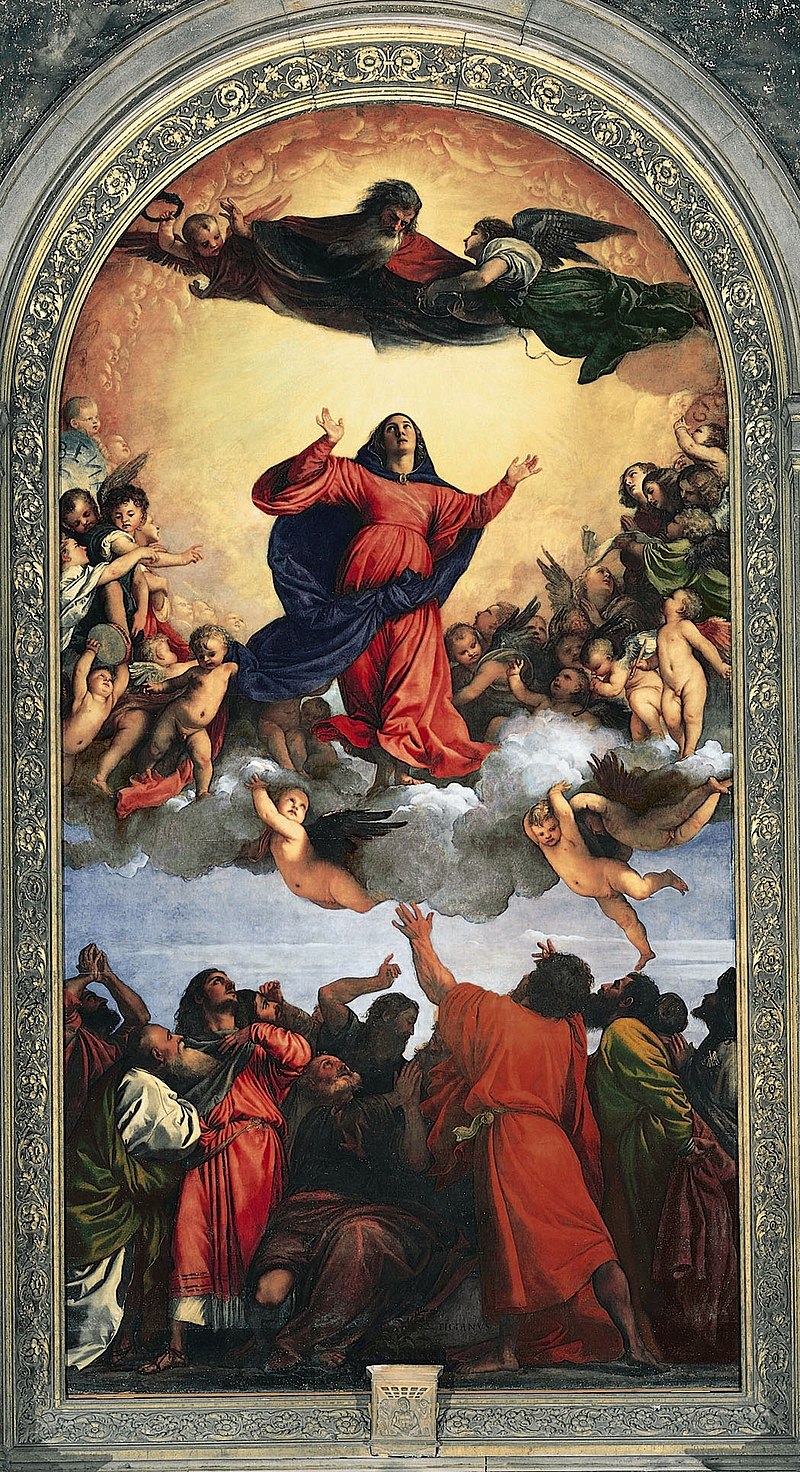
This period also introduced new pigments, such as ultramarine, made from lapis lazuli. Its rarity and expense meant it was often reserved for depictions of the Virgin Mary, adding symbolic and material value to artworks.
Baroque Drama and Rococo Playfulness
Baroque art amplified the emotional impact of colour. Caravaggio’s The Calling of Saint Matthew (1599–1600) uses deep shadows and striking highlights (chiaroscuro) to create tension and focus. In contrast, Rococo artists like François Boucher embraced pastel palettes, as seen in The Toilette of Venus (1751), to convey lightness and elegance.
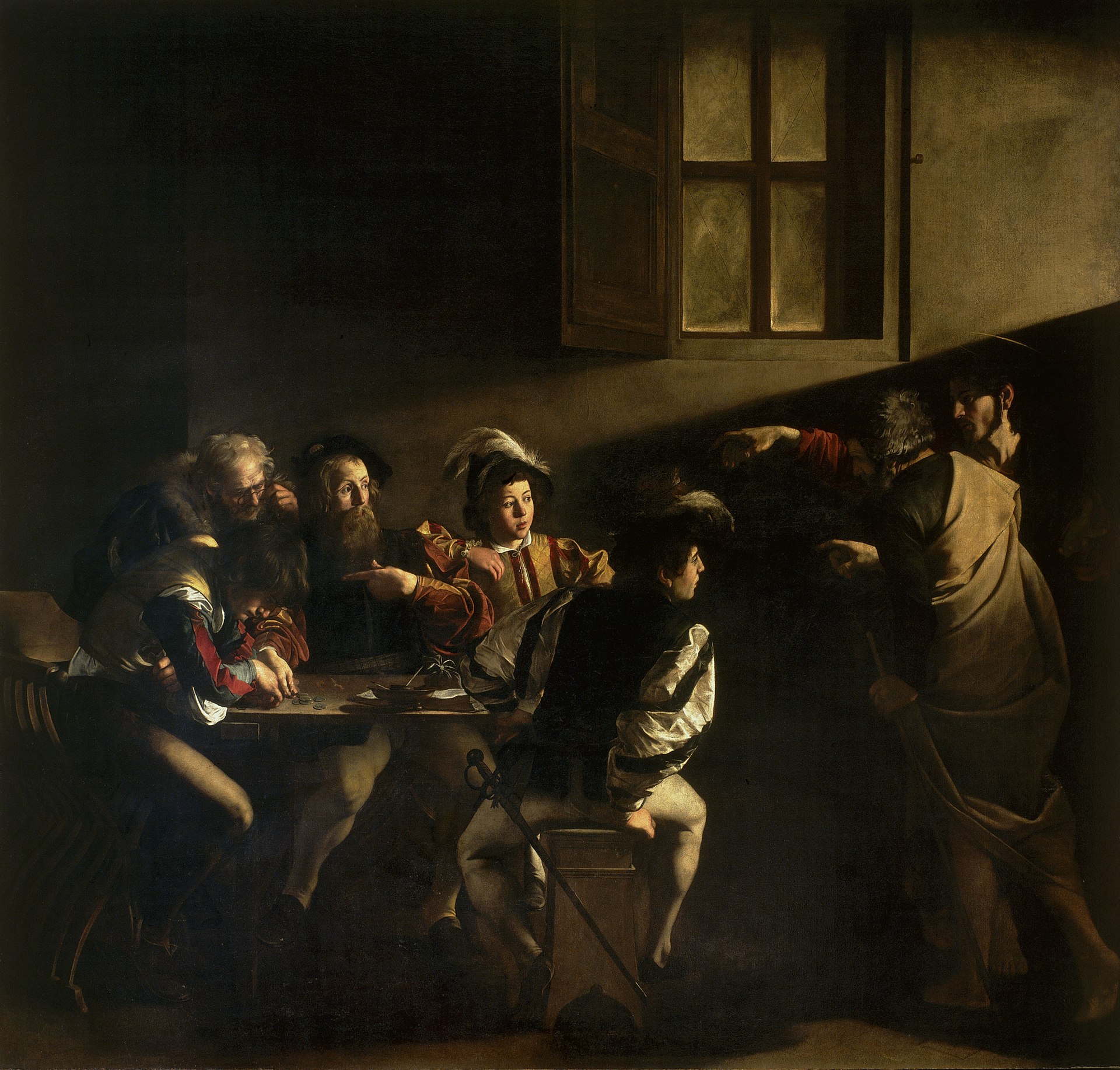
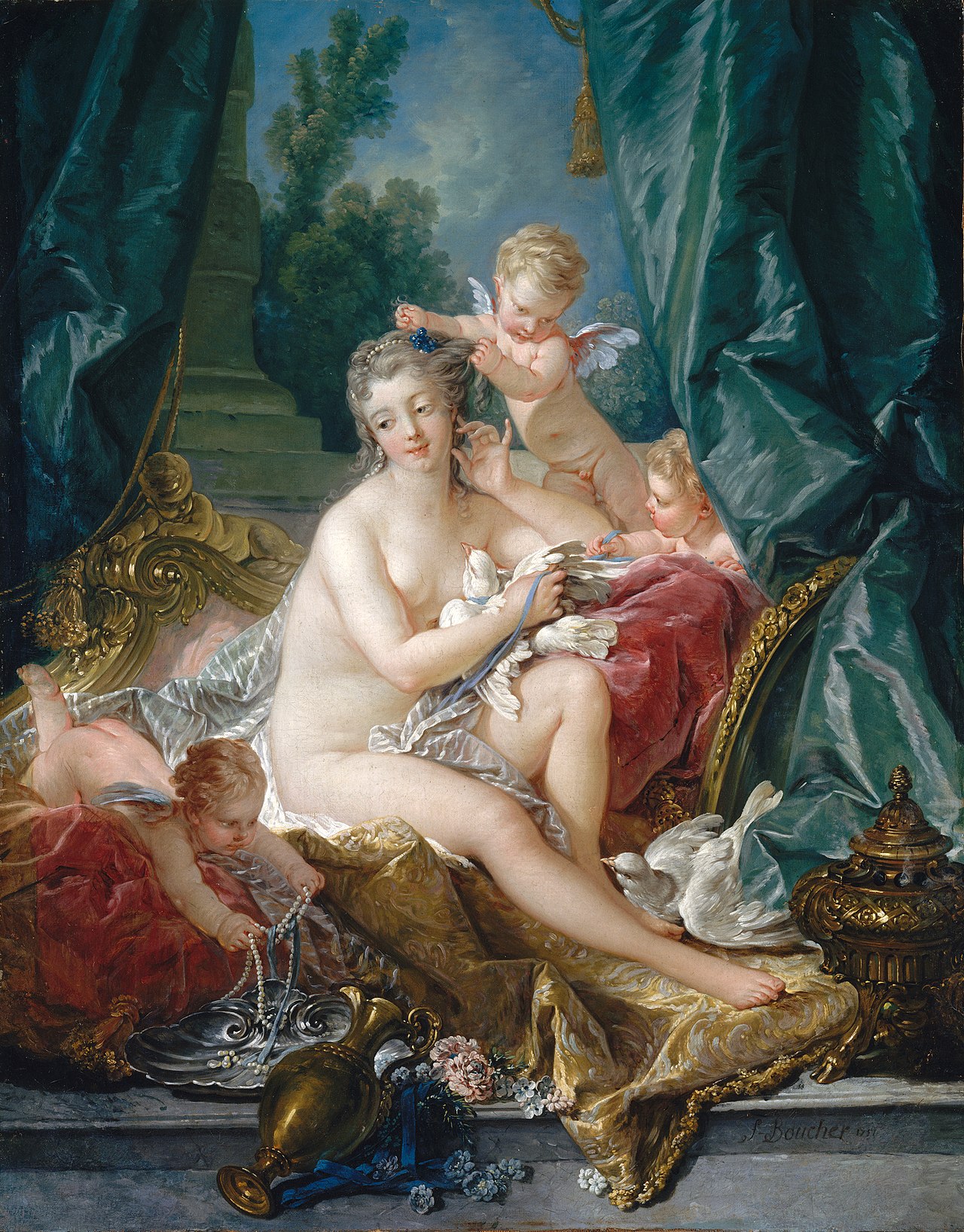
The Colour Revolution of Impressionism
Impressionist artists broke from tradition by painting en plein air to capture the changing effects of light and colour in nature. Claude Monet’s Impression, Sunrise (1872) is a defining example, with its loose brushstrokes and emphasis on atmospheric colour over detail.
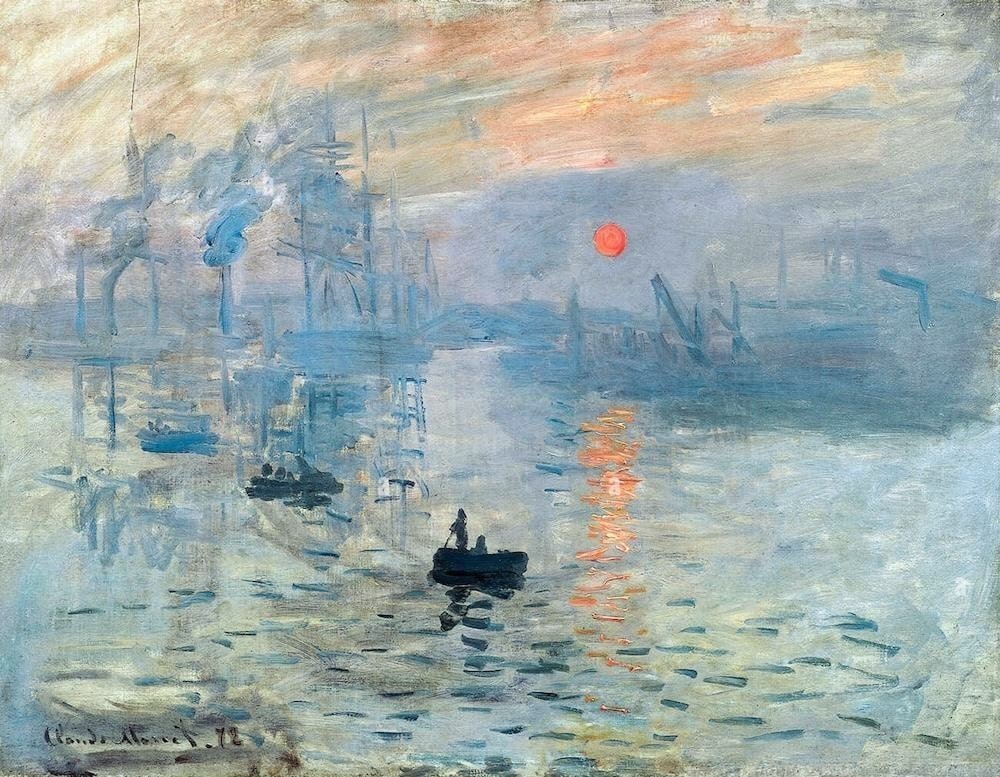
Newly available synthetic pigments, such as cobalt blue and cadmium yellow, allowed Impressionists to experiment with brighter and more varied palettes. Their works prioritised capturing fleeting moments, reshaping how colour was perceived in art.
Modern Art: Breaking Colour Boundaries
Modern artists used colour not just to represent reality but to evoke emotion and meaning. Vincent van Gogh’s Starry Night (1889) uses swirling blues and vibrant yellows to convey the intensity of his inner world. Similarly, Henri Matisse’s The Joy of Life (1905) employs bold, unblended colours to celebrate freedom and vitality.

Movements like Fauvism and Abstract Expressionism pushed colour even further. Mark Rothko’s No. 61 (Rust and Blue) (1953) features large fields of colour designed to evoke profound emotional responses, demonstrating the power of simplicity in colour use.
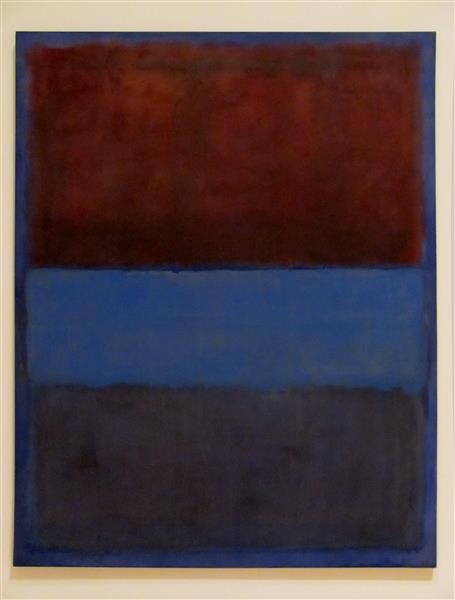
How Colour Shapes Art Today
Contemporary artists continue to explore the possibilities of colour. Olafur Eliasson’s immersive installations, such as The Weather Project (2003), use coloured light to transform spaces and challenge viewers’ perceptions. Meanwhile, digital art has opened new doors for experimenting with endless colour combinations.
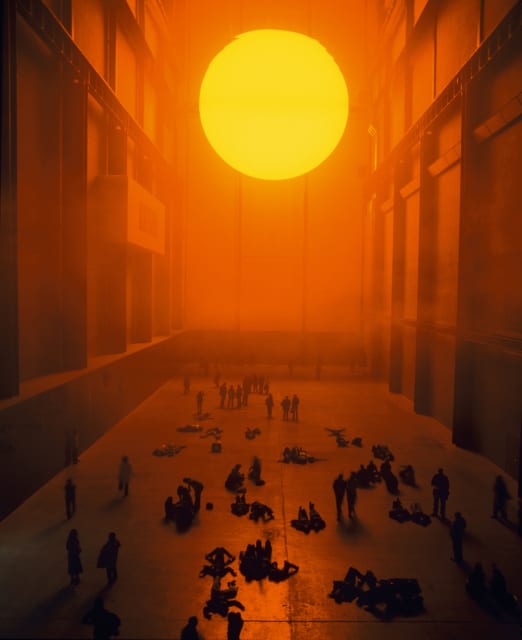
Lessons Artists Can Learn from Colour History
- Emotion and Symbolism: Colour can evoke specific feelings or represent ideas, such as the warmth of red or the calm of blue.
- Experimentation: Modern advancements in pigments and technology allow for unlimited creativity.
- Cultural Context: The meaning of colours varies across cultures and periods. Understanding these nuances can add depth to your work.
Further Reading
- The Tate – Colour in Art
- The Met – Exploring Colour Through Time
- National Gallery – Pigments and Palettes
- Khan Academy – Colour Theory in Art
From the rudimentary pigments of ancient caves to the dazzling digital palettes of today, colour has been a constant yet ever-evolving force in art. By understanding its history and possibilities, artists can harness its power to create works that captivate and inspire. How will you use colour in your next masterpiece?
If you would like to receive a roundup of all of our blog posts once a week to keep you inspired in your inbox, why not sign up to our newsletter. You can access our sign up at the top of our page. If you are a London Art College student and you would like your artwork featured here, drop us a line at any time.

